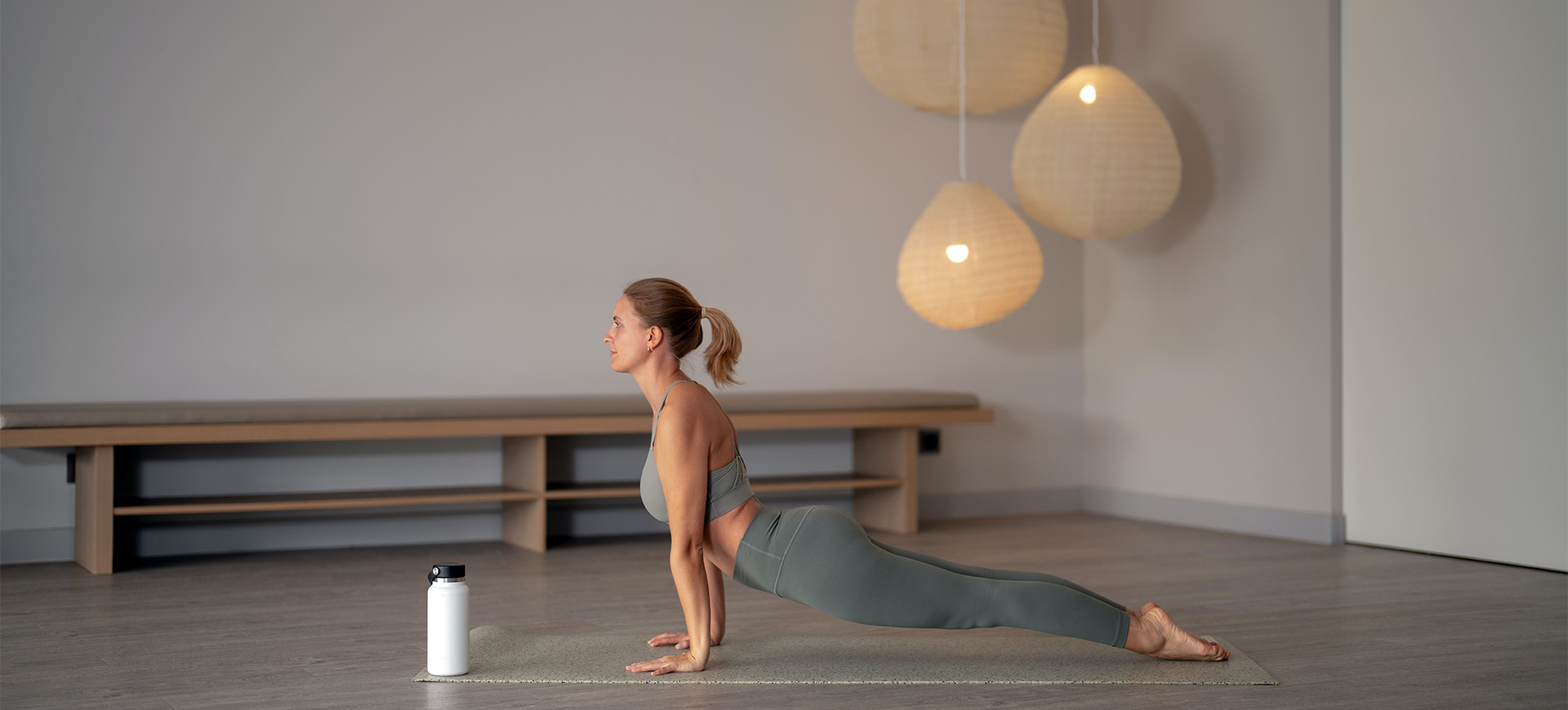
Yoga Business in a Nutshell part II: When Diversity is the Key to Unicity
This is going to be a follow-up to my earlier article on the Yoga business so I guess that if you’re reading this, it either means that you’ve just made things happen, or maybe you’re still dreaming about opening your sacred space. If you belong to the first category, congratulations, you should be proud of yourself: opening a yoga studio is a major achievement for an instructor and it can be an incredible life-changing experience.
And yet, you might find yourself racking your brain over a single question: “what’s the next move?”. Well before going any further, let me just give you a small reality check: if you think you can finally sigh out of relief, you’d better think twice, because as I said before, opening a yoga studio is not exactly like eating a piece of cake.
Those who know the struggle will surely agree on this; just like in any business, you need to be always on track and ready to roll up your sleeves whenever the chips are down. But don’t worry, because, when you build up a strategic mindset, it could all be uphill from here. So, brace yourself and simply enjoy your thrilling journey!
And that’s such a pity because yoga is intended to be for everybody, no matter the age, gender or size of the practitioner.
Diversity is the key to unicity
When we open a studio, our main goal is of course to keep our yogis engaged in our place and to the practice. But how? The thing is that the success of our studio doesn’t simply rely upon the decoration we choose and on our teaching skills. Believe it or not, running a studio has its own secret recipe; the key ingredient? Diversity! And by that, I mean having a more diversified and variegated class schedule.
Yes, because when your studio only offers a scarce number of classes, you’re actually running the risk of making the practice kind of dull. This dullness could potentially affect both yourself and your yogis. When you find yourself teaching the same type of yoga over and over, you'll most likely end up losing the motivation you need for your classes. Likewise, your yogis, especially those who are new to yoga, can get bored quite easily and give up in no time.
I’m speaking here as a yogi and teacher, and I have to tell you that, based on my personal experience, I was often in the terrible position of reluctantly neglecting great studios because they had very few time slots and extremely poor class offerings.
So just try to let your students explore the yoga universe instead, experiencing new styles that could help them discover more about their bodies, allowing them to find out what most appeals to their taste.
This will not only help you keep your students engaged, but it has also the power to draw new clients to your business. So, simply put: the more diversified your class offering is and the more you get to fulfill your student’s tastes and necessities (and attract new people into your circle), the higher the chance to build up a strong community and a thriving business.
Types of courses to suggest
As yoga’s popularity keeps growing by the day, new fascinating yoga styles are continuously flourishing. So much that choosing a course to add to your class schedule could be even quite overwhelming. By all means, your top priority should be to think about your customers’ needs and tastes at all times while sticking to your boundaries. And with this, I mean that you need to take into account the fact that you have to deepen your knowledge of a particular style to teach it in complete safety.
A starting point could be to do online research about the most beloved yoga styles. Chances are that the top all-time favorites are: Hatha, Vinyasa, Yin, Acro-Yoga, Ashtanga, and such.
Another tip would be to focus on a specific part of the body that might need extra care, like “Yoga for Hips'', ''Joints ``,''Neck and shoulders” or “Core”. As you might know, these types of yoga consist of a series of specific poses that could help us to strengthen or relax certain muscle groups. For example, simple standing poses such as Vrksasana, Virabhadrasana I, and II are ideal for leg strength. Another example could be creating sequences to release some tension from stiff muscles, such as the neck or shoulders, which can include poses like Utthanasana, Chakravakasana, and many more.
Yoga for elderly
Since you also need to scope out the competition, diversity might as well be, once again, your key to success. Do something other studios don’t yet offer.
For example, I’ve recently stumbled across “Yoga for elderly” (aka chair yoga); and I have to say that it’s so clever because I think that most of the time old people automatically feel cut out from yoga classes because some asanas cannot be fully and safely accessible to them.
And that’s such a pity because yoga is intended to be for everybody, no matter the age, gender or size of the practitioner. This practice is all about gentle, deeply relaxing asanas that can easily be performed by older students as a way to loosen and stretch painful muscles, reduce stress, and improve circulation.
Hot Yoga
Those who know it, love it. And if you’ve tried it at least once, you’ll probably agree with me. As the name itself suggests, these classes take place in heated studios, the effectiveness of these classes is real, and the reason why so many people love them is because of the deep cleansing, purifying benefits they have on our bodies.

Prenatal Yoga
Surely there are some mums out there waiting for the nearest prenatal yoga class, and that’s where your studio could come into play. Prenatal Yoga is purposefully and carefully adapted for all mums to be and it’s safely accessible at any stage of pregnancy. These gentle poses are combined with breathwork and use props like pillows to work simultaneously on the strengthening and relaxation of the pelvic floor.
Sound Healing
I also took part in some amazing classes such as “sound healing” or “gong bath” and I personally found them incredibly restoring and soul-soothing. This practice has ancient roots: for centuries Indigenous populations used different sounds to heal people and the reason is that certain sounds such as those generated by Tibetan singing bowls, gong, chimes, and others have particular sound waves and harmonic vibrations that help to harmonize our brainwaves, creating a deep sense of relaxation.
Side Note
In any case, my advice is to simply do tryouts and see the response of your yogis, because, in the end, their opinion, but also what you enjoy teaching, is what should shape your classes!
As we’ve seen in the previous article, when it comes to hiring personnel for your studio, your major concern is of course to hire only those who are fully reliable and trustworthy. In this regard I’d like to add a small side note: as I said before, all these different types of classes should be taught only by highly qualified instructors who have knowledge of that specific niche and who could assist students if necessary.
Try to avoid hiring people just to fill in some gaps in your class schedule or just because you have a good connection with some instructors. Don’t get me wrong, the goal is to create a family-like environment in your studio, but try to also be picky when hiring new instructors.
If you don’t, you’re not only undermining the students’ safety but also your business’ success, because instead of attracting new customers, you’d most likely get the opposite effect!






